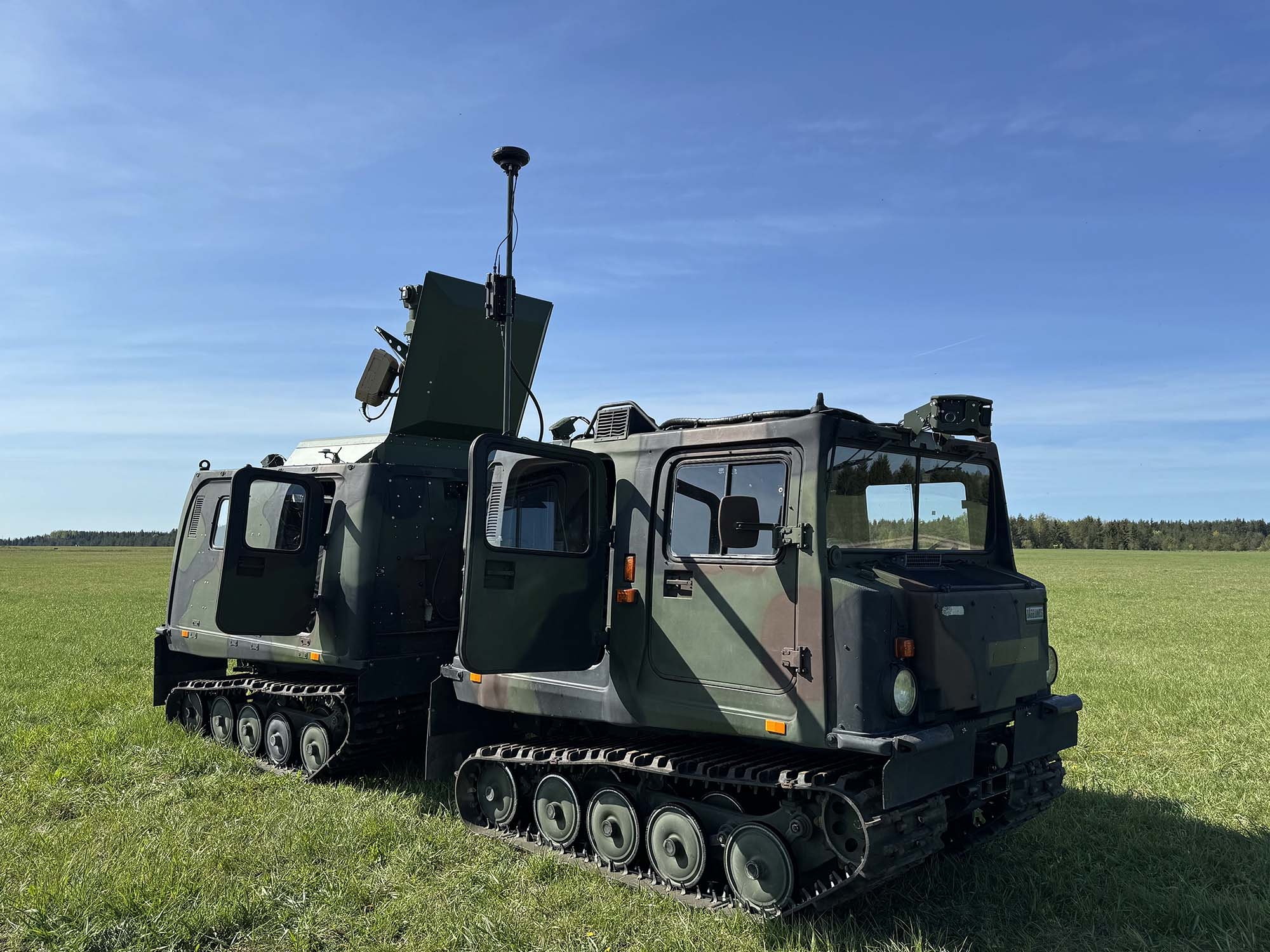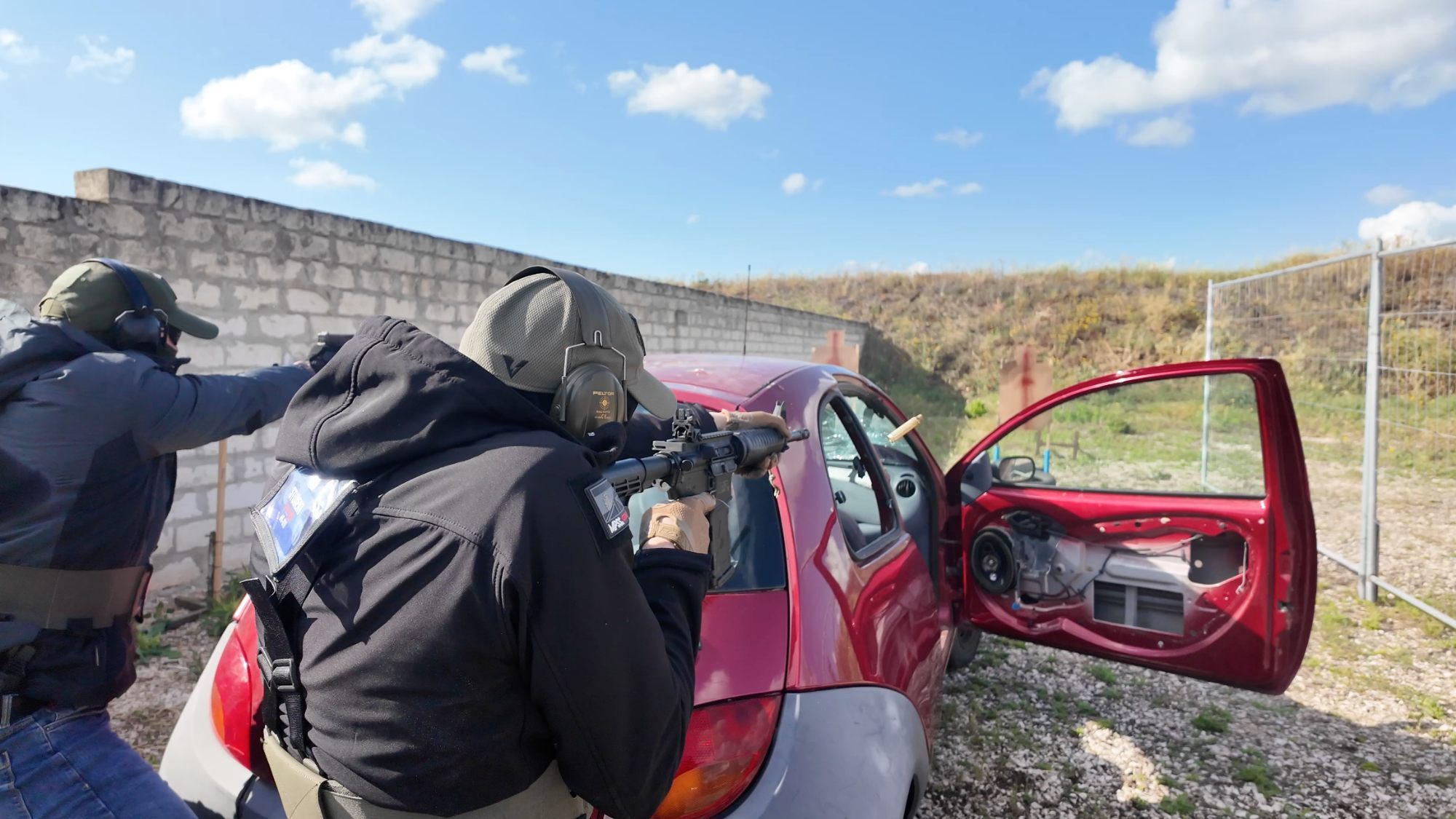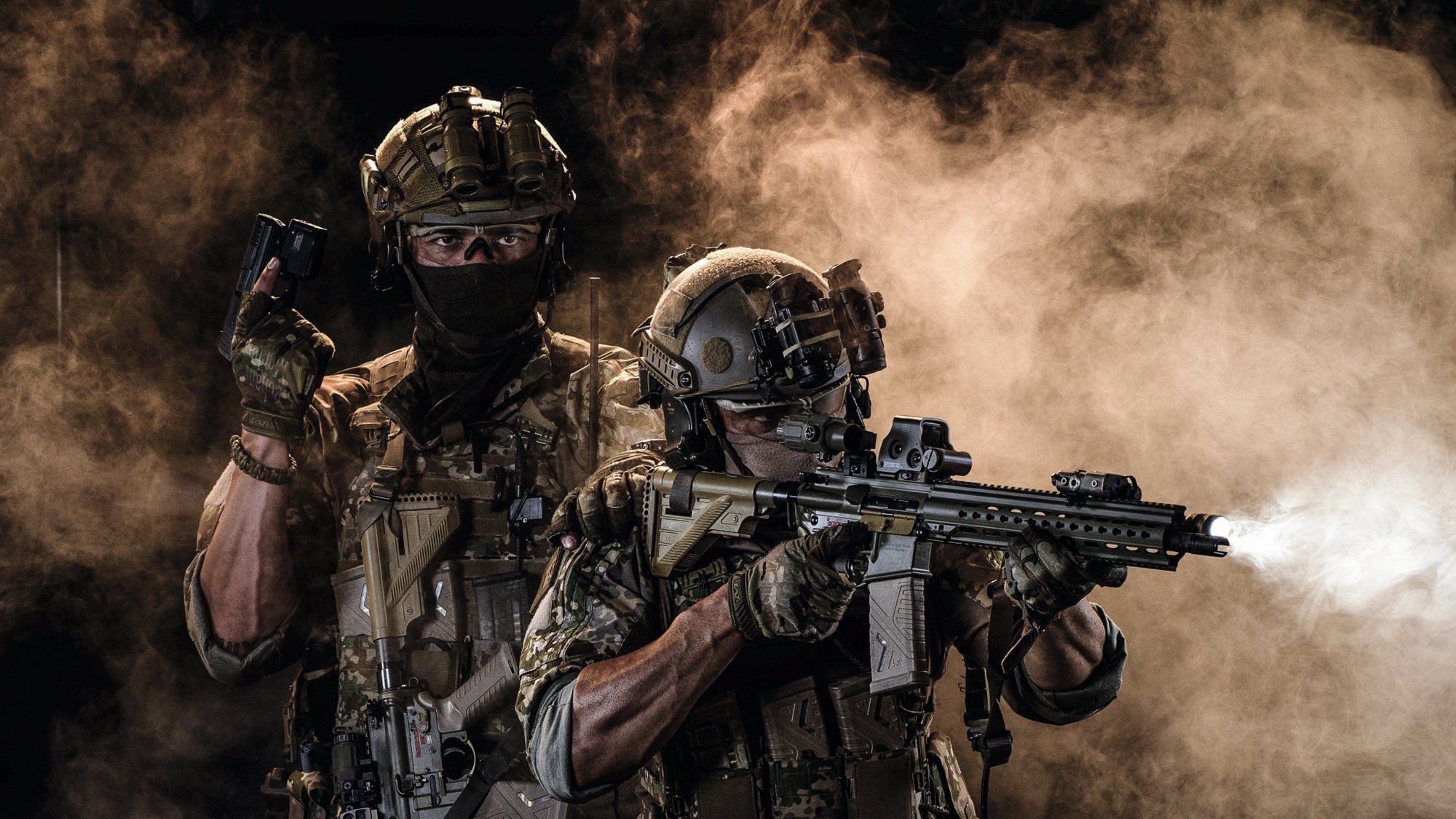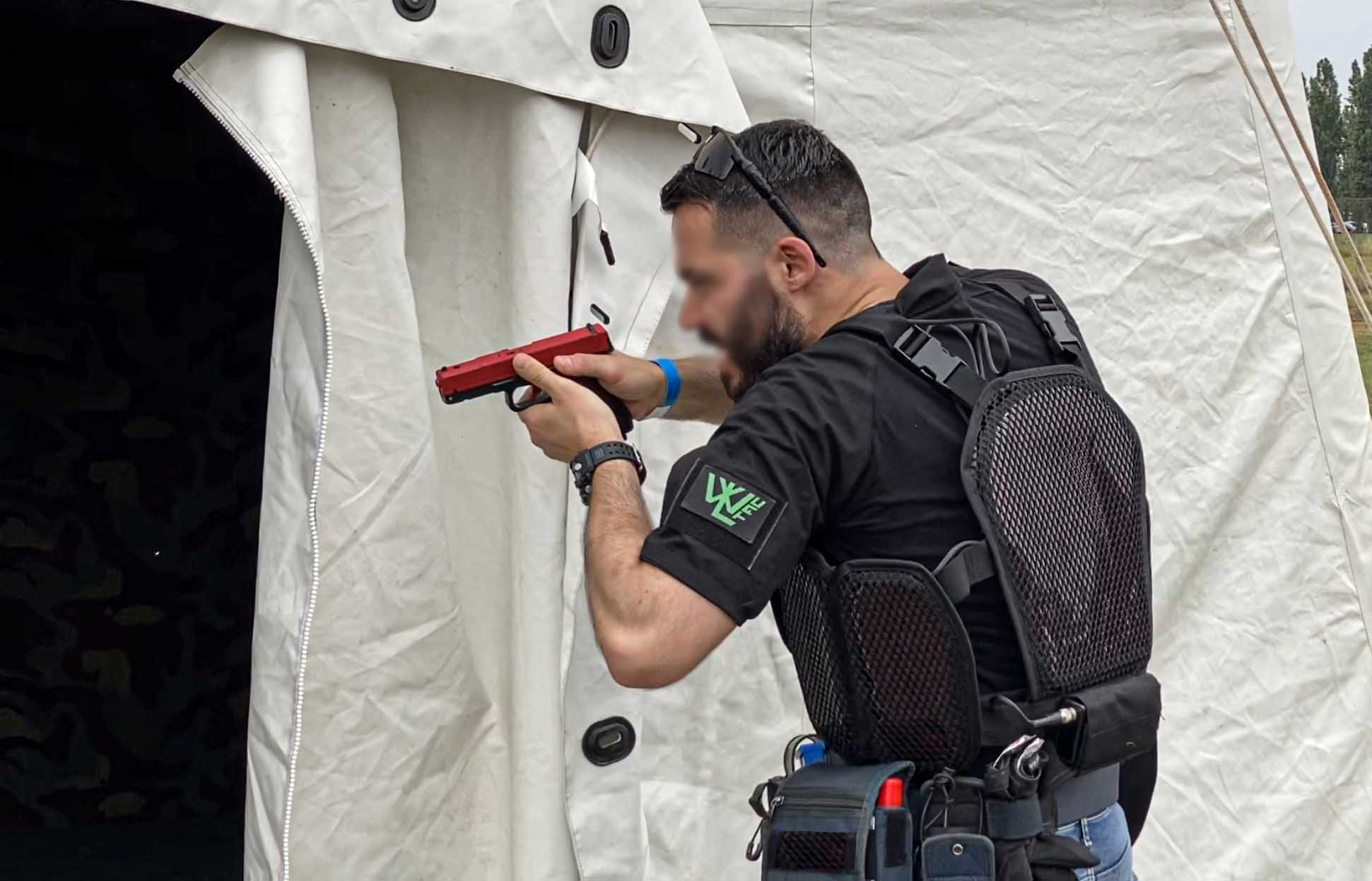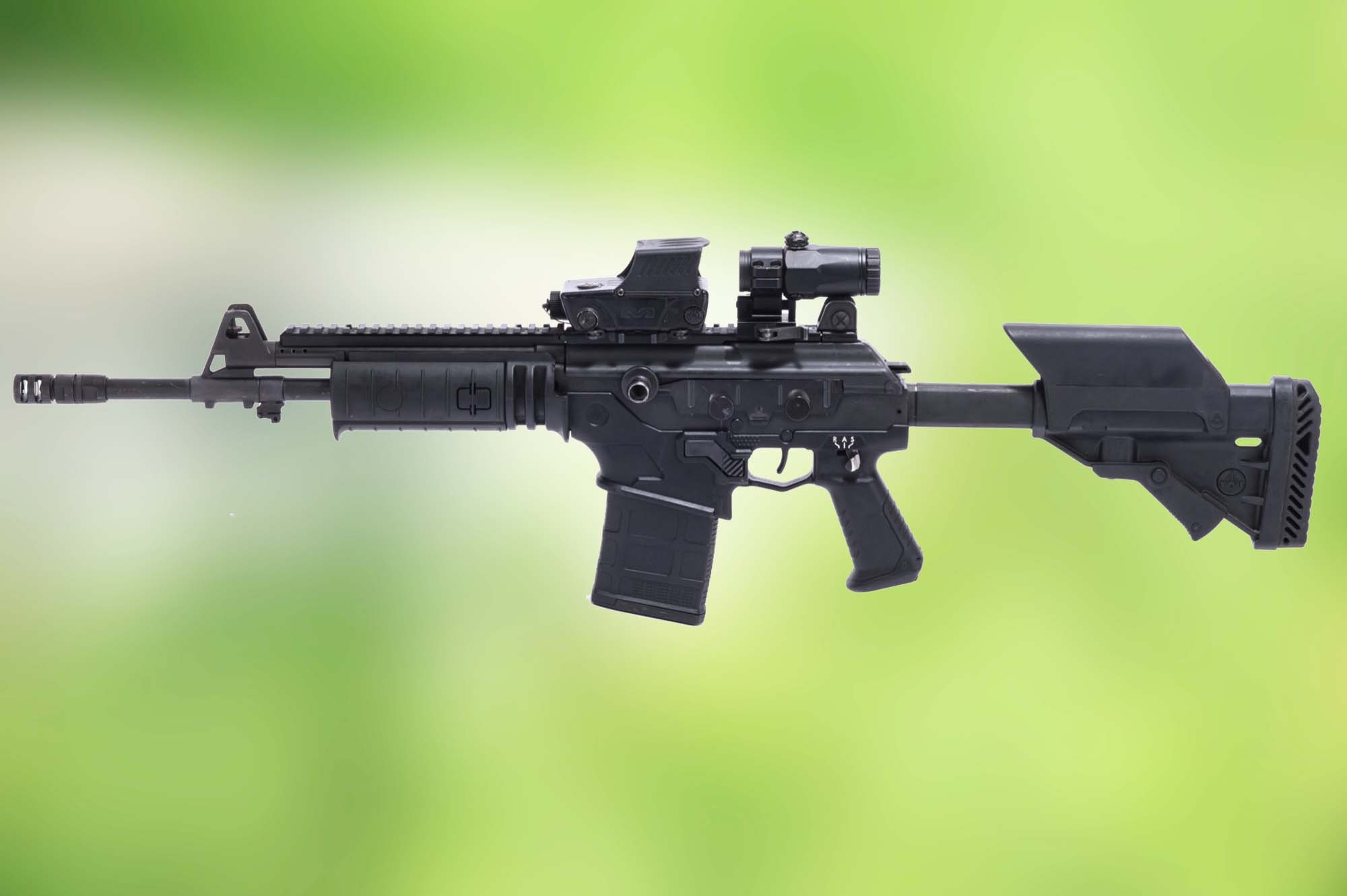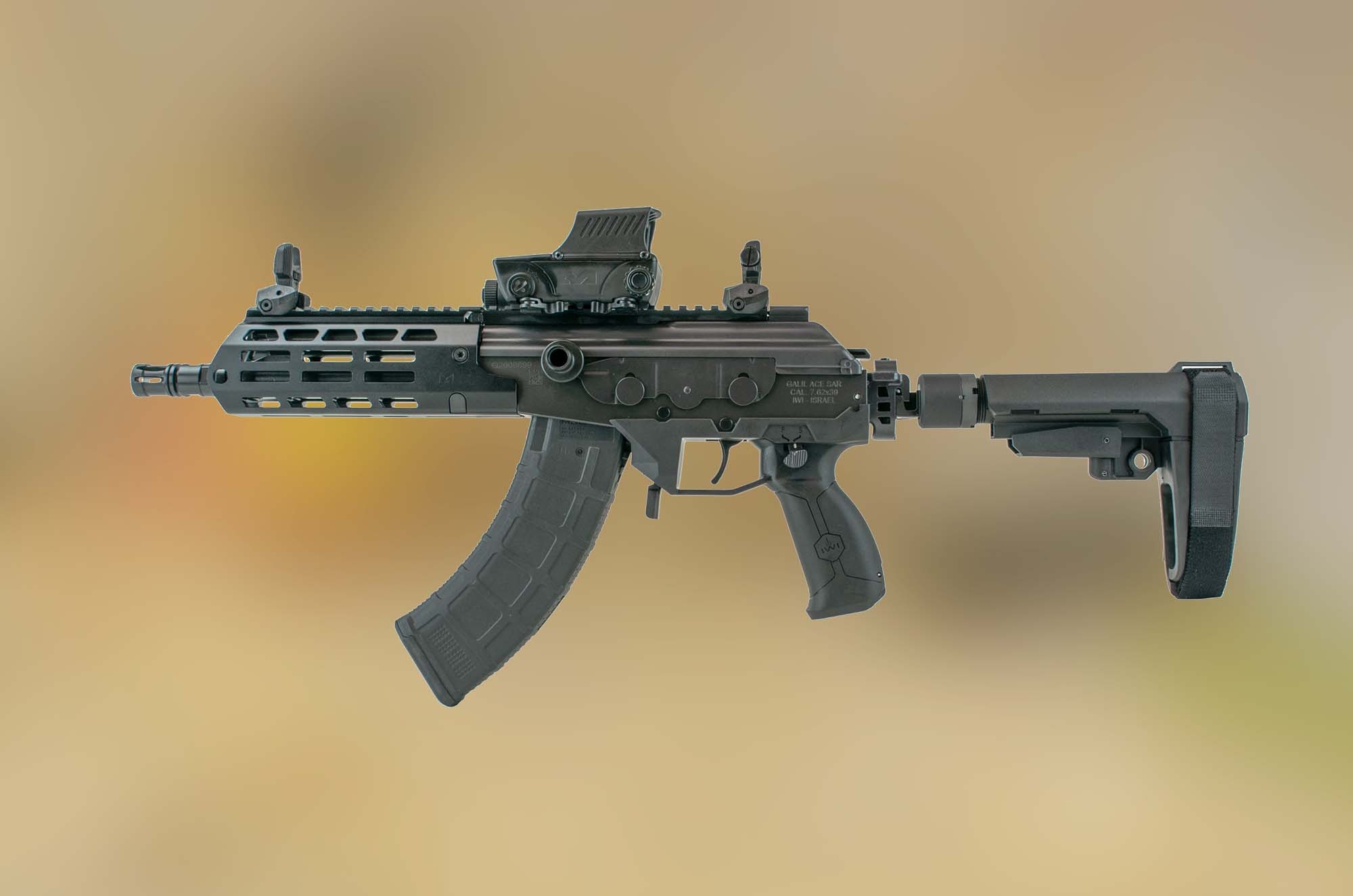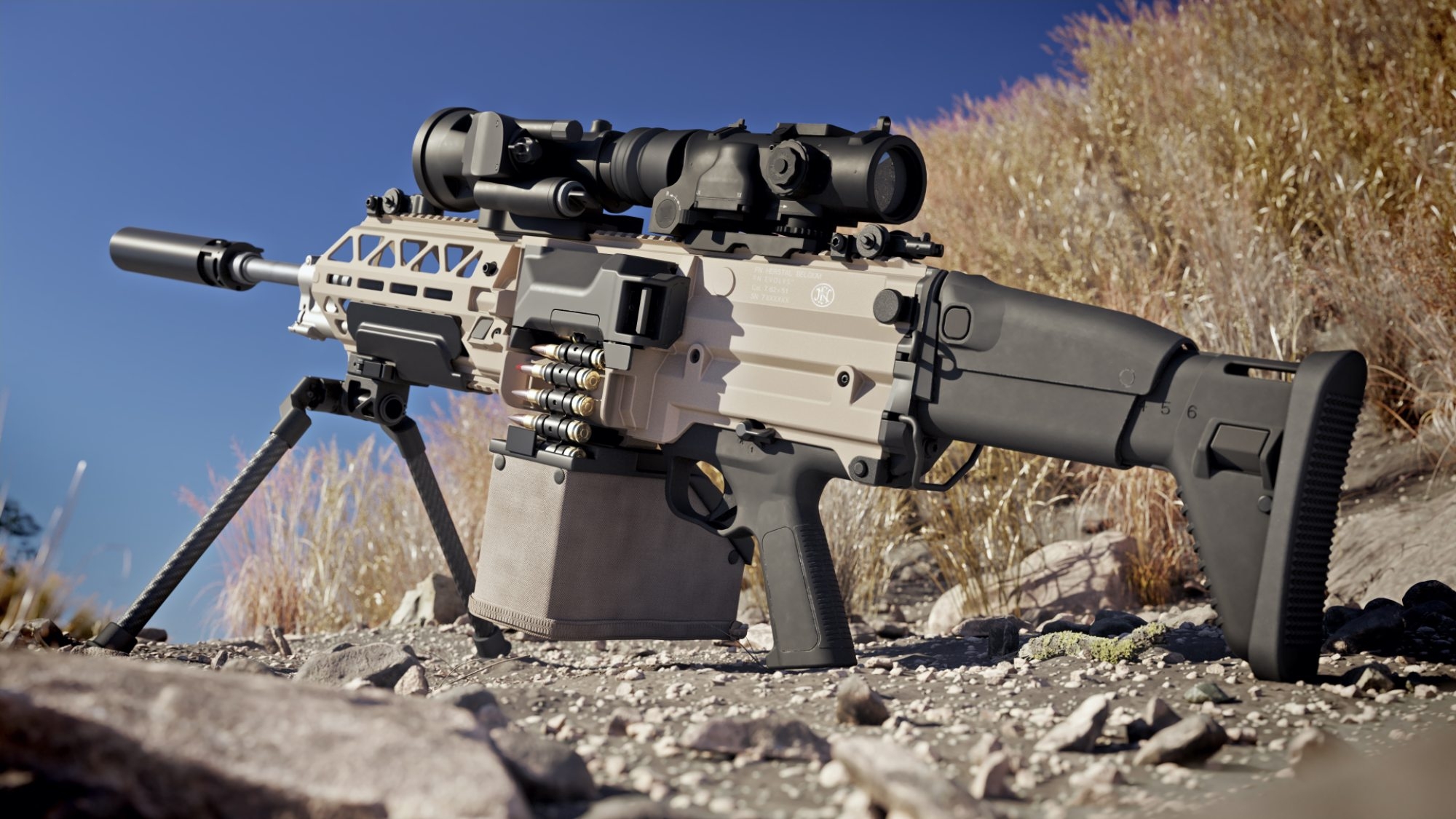
The main weapon system of any special forces remains the individual soldier, i.e. the operator or “SOF warrior”. Modern weaponry and equipment, in turn, are designed to increase the combat effectiveness of the special forces soldier, in addition to all mental and physical capability, training, improvisational talent and creativity. Former U.S. Special Forces fighter and author Paul Howe vividly describes the connection between weapons, equipment, and mental combat readiness: "I used the knife on my belt as a utilitarian tool, but it had a dual function. I had programmed it mentally as a component of my layered offense. I carried my rifle as my primary weapon. Should there be a malfunction or run out of ammunition, I would have switched to my pistol. If it became inoperable, I would have attempted to pick up and use an enemy weapon. If none had been attainable, I would have resorted to the knife. My knife was virtually indestructible and I kept it sharp. The only part that could fail was the person wielding it – namely myself. I had internalized that I had to maintain my confidence, skills, and physical condition to survive."

Depending on the mission, the area of operation and environment, the equipment may well vary. More precisely: with the selection of clothing, armament, equipment, etc. the operator configures himself/herself as a weapon system. The US Special Forces divide the things that are supposed to make life easier for the SOF warriors into the following three categories: Survivability, Lethality, Mobility. The category of Survivability includes protection, carrying equipment and medical equipment. Effectiveness includes weapons and ammunition, day and night vision optics, and, in a broader sense, fire control equipment, for example to provide close support from combat aircraft or naval artillery. Mobility includes everything beyond combat boots or swimming fins.
The three lines of gear
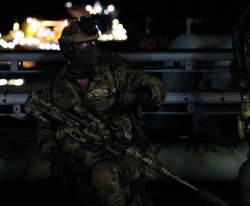
In clothing and equipment, the system of equipment layers, or “lines of gear”, has become established.
- First layer: the equipment necessary for survival, including weapons, worn directly on the body.
- Second layer: the equipment necessary for fighting, such as protective and carrying gear, plus possibly a daypack.
- Third layer: luxuries such as sleeping bag, food, spare clothes, all in the large backpack.
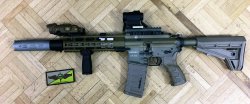
"It was always about staying as light as possible," recalls Cedric Delves, chief of D Squadron of the 22nd SAS Regiment during the Falklands War. "Sometimes we would cut back on provisions, but never on ammunition. We weren't supposed to run out. Ironically, the solution lay with the ''Bergen”, the large rucksack. We carried our combat load, with lots of ammo and then water, food, medicines and a few survival things. Everything else went into the backpack. That could be jettisoned in a pinch or hidden in case of probable enemy contact." Essentially, this system has survived to this day. However, new materials and technologies are providing ever-greater comfort and protection at ever-lighter weights. Modular outfits with ergonomic stretch inserts for maximum freedom of movement have become a signature item in SOF worldwide. The same is true for the other set-up of modular plate carrier and battle belt, or the helmet with interfaces for active hearing protection and night vision goggles.
Multicam, developed by New York-based Crye Precision, dominates camouflage patterns in the SOF sector. Numerous manufacturers are working on other camouflage patterns. Hyperstealth, Hyde Definition (PenCott) or the German companies Concamo and Phantom Leaf may be mentioned as examples. Due to the uncontrolled spread of night vision technology worldwide, camouflaging in front of residual light amplifiers or even thermal imaging devices is also becoming increasingly important. Fibrotex or Ghosthood are developing solutions here.
Help yourself
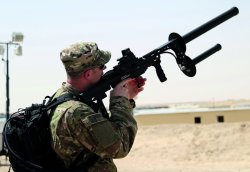
A special aspect of the survivability of special forces is the rescue chain. Since no regular medical forces can be deployed at the very front, possibly even behind enemy lines, the concept of Tactical Combat Casualty Care (TCCC) was developed. SOF soldiers receive training in extended self-help and comrade-help in order to be able to initiate life-saving measures as far forward as possible until it is possible to evacuate a wounded operator and hand him over to the regular rescue chain. The extensive equipment starts with the Individual First Aid Kit (IFAK), which is carried by each man and includes tourniquets, special dressing packs, a nasopharyngeal airway tube and hemostatic agents. Furthermore, medical backpacks for the squad medics or transport devices such as the SKED stretcher are added.
Growing arsenals
Weight again plays a role in the mix of weapons. Cedric Delves on his Falklands experience: "As squadron leader, I let the Troops have their weapons mix. Many of us preferred the 5.56 because both weapon and ammunition were lighter and sufficient at the combat range of 300 to 400 meters. The 7.62 general-purpose Jimpy MG was popular for its firepower, range, and effectiveness, and there wasn't a Troop that went out with less than two of them. Grenades, pistols, bayonets, or combat knives were up to personal preference. I gave up a secondary weapon or grenades in favor of chocolate."
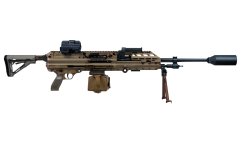
Obviously, with special forces there is always the question of special ammunition. Here, some developments are currently taking place. For example, the .300 Blackout (7.62x35 mm) cartridge is said to play a role in various countries, especially for silenced special weapons. Otherwise, the relationship between range, effect, accuracy and weight determines other plans. For example, the US SOCOM plans to procure weapons and ammunition in 6.5 Creedmoor (6.5x48 mm, 6.5 CM). A project for maritime special forces called Mid Range Gas Gun-Assault is underway. This is a lighter-weight, longer-range assault rifle. Another project in the form of a 6.5 CM light machine gun is currently on hold, awaiting the results of the US Army's 6.8 Next Generation Squad Weapon project. Furthermore, M110 semi-automatic sniper rifles are to be upgraded from 7.62 x 51 mm to 6.5 CM. This would extend the range of the Sniper Support Rifles from around 800 to up to 1200 meters. The German Army also considered the 6.5 CM option for the G26 short-range sniper rifle for special forces and military police, a project that has been interrupted in the meantime. US SOCOM sees the .338 Norma Magnum caliber (8.6x64 mm) as a veritable weight-reducing range improver. Working closely with SIG Sauer, the command completed operational safety certification of the new SIG Sauer MG338 machine gun, .338 Norma Magnum ammunition and the latest generation SIG Sauer suppressors in early 2020.
The SIG MG 338 is intended to complement the MGs currently in use in the infantry toolbox of US Special Forces. Compared with the M240B universal MG – a 7.62x51 mm version of the FN Herstal MAG – it is noticeably lighter, weighing only around ten kilograms. It also delivers greater power at significantly longer ranges: up to 2000 meters – this even approaches the Browning M2 in .50 BMG caliber (12.7x99 mm). At the same time, the SIG MG338 can be operated by one shooter and weighs only about a quarter of the legendary “Ma Deuce”. In future, two variants of the .338 NM MG are planned: a Lightweight Machine Gun-Medium (LMG-M) with a range of up to 2500 meters and the same weight and dimensions as the standard M240B, and a more manageable LMG-assault version with a range of 1500 meters against personal and technical targets.
Heavy guns
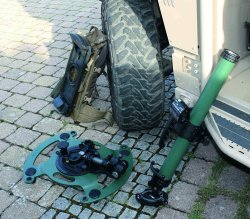
Such weapons can also be found in the special forces arsenals. And if they are not, they can come at relatively short notice if needed. “Commando” mortars in 60 mm caliber provide special forces with a relatively easy-to-carry steep-fire component with a range of about 2000 meters. This allows them to be effective against enemy positions even in difficult terrain. Only recently, in the summer of 2020, the French armed forces procured the Hirtenberger M6 C-640 Mk1 60-mm commando mortar. Previously, the Dutch had also taken this step. Rheinmetall unveiled its new RSG60 development in 2019, a "two-in-one solution": the standard variant, which weighs around 15.8 kilograms, can be converted into a 6.8-kilogram mortar in just a few simple steps, without the need for tools.
Shoulder-fired
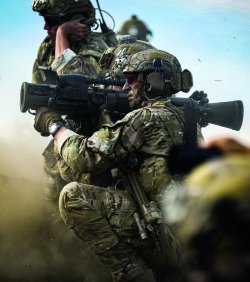
designation M3E1 MAAWS.
Among shoulder-fired weapons, the 84 mm Carl Gustaf recoilless rifle, developed in the late 1940s and significantly refined since then, offers versatile firepower. Unveiled by Saab in October 2014, the latest-generation Carl Gustaf M4 is suitable for virtually all targeting scenarios thanks to its fire control system and extensive ammunition range. The CGM4 can operate up to just over 1000 meters against so-called semi-hard targets. The somewhat longer and heavier predecessor model M3 already serves in the US armed forces. In October 2019, the U.S. Army announced it would introduce the CGM4 as the M3E1 Multi-Role Anti Armor Anti Personnel Weapon System (MAAWS). Currently, Saab and Raytheon are also developing the new Guided Carl Gustaf Munition (GCGM), a projectile with a range of up to 2000 meters and lock-on before launch capability. In other words, it automatically engages the target assigned to it before launch.
Of course, there are also larger missile systems in the special forces arsenals. However, you have to be able to tow the whole thing. With increasing size and weight, the question of mobility inevitably arises, i.e. the third of the SOF capability categories mentioned at the beginning.
Original text: Dr. Jan-Phillipp Weisswange
In our next and last installment we will deal with the vehicles used by SOF on land, sea and air.



